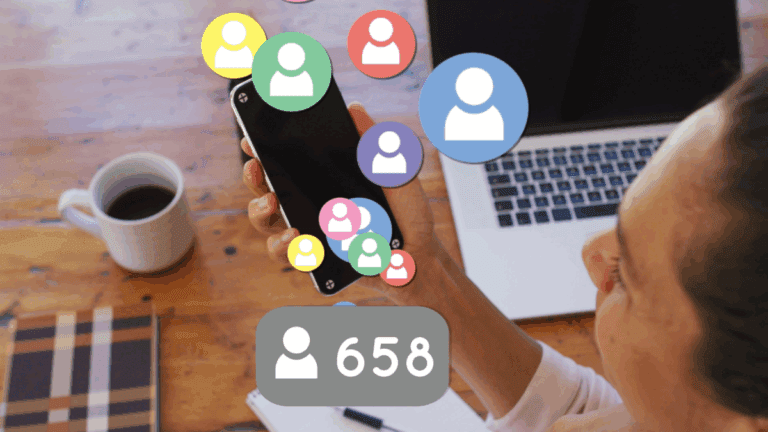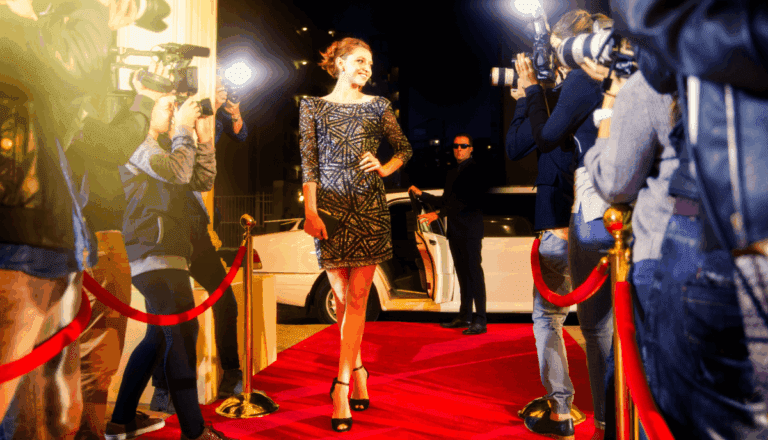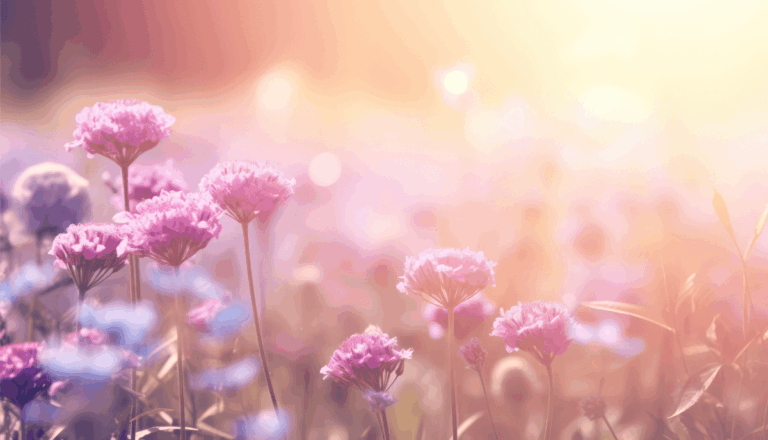
Back in 2017 our crawler logged more than 203 000 sponsored Instagram posts across 1 700+ brands, yet only four earned the right to be called the best influencer marketing campaigns of the year. Fast‑forward to 2025 and the creator‑economy platform landscape is ten times busier, but the fundamentals those brands nailed eight years ago remain blueprint‑worthy.
Below we revisit the champions of 2017—Daniel Wellington, YSL Beauty, H&M Coachella and Paco Rabanne Parfums—then unpack what modern marketers can steal for today’s micro influencer strategy, UGC licensing deals and ROI benchmarking.
1. Daniel Wellington — Discount‑Code Army
2017 Key Facts (image text rewritten)
- Followers as of Dec 1 2017: 3 697 466
- Follower growth 2017: +31 %
- Earned Media Value: $62.8 M
- Organic mentions: 136 627
The Swedish watch label turned every creator into a walking promo kiosk by handing out personalised discount codes. That “everyone’s an insider” vibe generated an avalanche of #DWstyle tags.

2025 takeaway: Promo codes still work, but layer them with UGC licensing so top‑performing creator shots can be retargeted in paid social without legal headaches.
2. YSL Beauty — Editorial Edge
2017 Key Facts (rewritten)
- Followers: 3 377 250
- Growth: +69 %
- EMV: $16.7 M
- Mentions: 27 786

YSL timed its #TatouageCouture lip‑stain push to Paris Fashion Week, using high‑gloss creators whose feeds already looked like magazine spreads.
2025 takeaway: Context is rocket fuel. Plan drops around tent‑pole moments—think Metaverse Fashion Week or niche live‑shopping festivals—then whitelist top posts for story ads.
3. H&M x Coachella — Festival FOMO
2017 Key Facts (rewritten)
- Followers: 23 803 153
- Growth: +31 %
- EMV: $98.25 M
- Mentions: 245 630

H&M combined scarcity (limited capsule) with a tier‑stacked creator plan: nano influencers for authenticity, macro models for scale.
2025 takeaway: Scarcity is evergreen, but modern audiences also crave sustainability. Pair limited drops with circular‑fashion messaging to turn buzz into brand awareness and loyalty.
4. Paco Rabanne Parfums — Newcomer Blitz
2017 Key Facts (rewritten)
- Followers: 57 767 → +42 786 %
- EMV: $1.39 M
- Mentions: 1 239

The fragrance rookie dumped most of its budget into one month of moody, cinematic reels—proof that focus can outrun legacy.
2025 takeaway: Even fresh accounts can pop if they compress spend into a single high‑concept story arc and retarget the heck out of it.
How 2017 Best Practices Map to 2025 Reality
| 2017 Winning Tactic | 2025 Upgrade |
|---|---|
| Promo codes & vanity URLs | Pair with creator economy platform UGC licensing for paid‑ads reuse |
| Fashion‑month domination | Add TikTok Live drops + Threads chatter for real‑time amplification |
| Limited capsules | Layer sustainability or charity hooks to deepen engagement |
| One‑month blitz | Use AI‑powered audience look‑alikes to extend lifespan of hero content |
Need to sanity‑check a creator roster? Read How to Detect Fake Influencers in 9 Easy Steps (2025 Edition) before you sign the contract.
Key Takeaways
- The best influencer marketing campaigns 2017 still teach timeless lessons: promo codes, context timing, scarcity and focus.
- Today, merge those tactics with micro influencer strategy, robust ROI benchmarking and bulletproof disclosure to thrive.
- Want next‑level results? Borrow, adapt, iterate—and always verify audience authenticity before wiring money.
If this rundown inspired a new brief, share it with your team. That’s free reach for us and instant strategy for them—win‑win.



